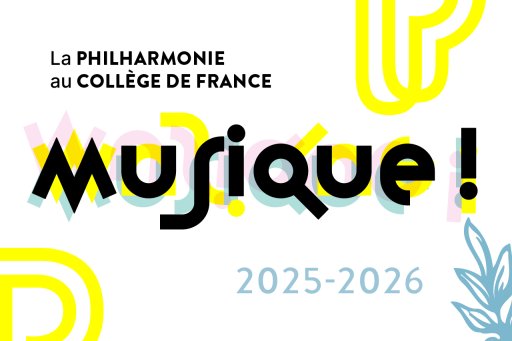The combined progress of molecular biology, funerary archaeology and environmental sciences now enables us to better understand the mechanisms of infection and diffusion of the second plague pandemic that swept across Europe from 1347 to 1352. From the analysis of DNA to that of solar radiation, this new knowledge is contributing to the overall scenario of the greatest demographic catastrophe in the history of Eurasia. Does this make it any more intelligible? While it seems clear today that the plague's routes trace the lines of force of connected worlds, the exact geography of its spread remains partly obscure. Above all, documentary and iconographic evidence remains scarce, patchy and difficult to interpret, to the extent that massive questions that historiography has long been asking - particularly about the plague's economic, political and social effects - remain unanswered. In short, if the Black Death is "good to think about" for medieval historiography attentive to the relationship between knowledge and power, it's also because it puts the laboratory of interdisciplinarity to the test.
In accordance with government regulations, access to the Collège de France is subject to a health pass and the observance of barrier gestures. Masks must be worn in the lecture halls.










